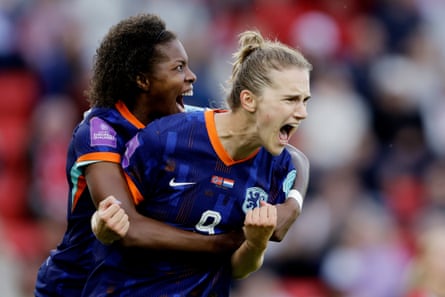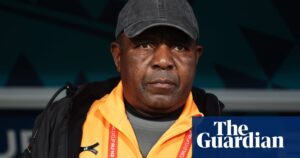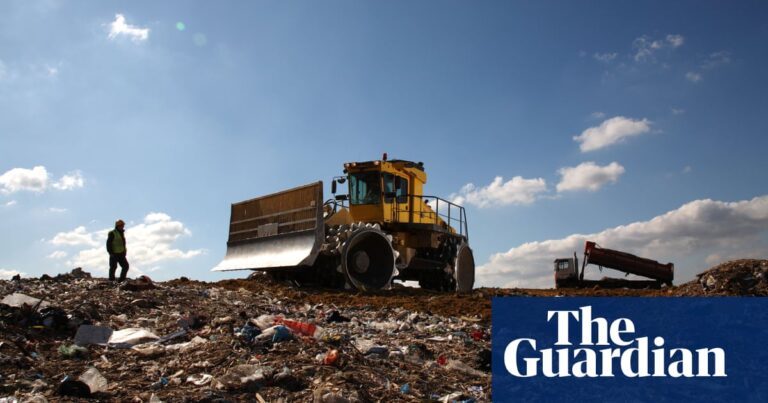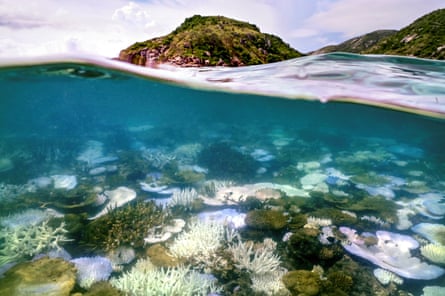The makeup of next summer’s Women’s European Championship is becoming clearer, with more than half of the 16 participating nations now confirmed including the holders England. The tournament is being held in Switzerland from 2–27 July 2025.
Who has qualified? Were there any shocks?
Safely guaranteed to join Switzerland, the hosts, are the eight sides that secured automatic promotion spots this summer by finishing in the top two places in their respective League A qualifying groups: Denmark, England, France, Germany, Iceland, Italy, the Netherlands and the world champions, Spain.
There are no hugely surprising omissions at this stage, in the sense that the highest-rated teams, by Fifa’s rankings, have progressed from each qualifying group. However, in Group A4 Iceland did well to finish above the 2017 semi-finalists and 2022 quarter-finalists Austria, who had to settle for the playoffs.
Sweden, the world’s No 6 team, are the highest-ranked side that failed to qualify automatically, but they had been drawn in the “group of death” alongside France and England (No 2 and 3 on Fifa’s list). The two-time European champions Norway (currently world No 16) also had to settle for a playoff place after being pipped by Italy and the Netherlands.
How are the favourites getting on?
Spain, who won the inaugural Women’s Nations League in February, have looked formidable during qualifying, scoring an average of three goals per game, the highest in League A. But even they displayed some vulnerabilities and were surprisingly beaten 2-1 away in the Czech Republic last Friday.
In fact, nobody in League A avoided defeat in the qualifying campaign. Germany, the record eight-time European champions, were humbled in a 3-0 loss to Iceland, while on Tuesday a much-changed France team succumbed to a deserved 3-1 defeat by the Republic of Ireland, although both the German and French sides had each already qualified.
England have displayed defensive strengths but have lacked an edge in front of goal, although they were not as goal shy as the Netherlands, the 2017 champions, who found the net just four times in their six qualifiers but still claimed an automatic spot. Vivianne Miedema’s first international goal since September 2022, a late equaliser, eventually got the Dutch over the line for automatic qualification in Norway on Tuesday.
The top scorer in qualifying in League A was the Germany forward Lea Schüller, with six goals in six games. However Germany were dealt a blow on Wednesday with the news that their star midfielder, Lena Oberdorf, suffered an anterior cruciate ligament injury on Tuesday, ruling her out of the upcoming Olympics and realistically the majority of next season too.
A further gauge of the form of some of Europe’s leading sides will come between 25 July and 10 August this year, when Spain, Germany and France will compete in the Olympics.

How did Uefa’s new women’s leagues work out?
For the first time, the qualifying format used the Nations League system with three leagues. Promotion and relegation were on the line, as well as Euros qualification, and after two full league cycles the gap in quality between the tiers is becoming clearer.
Every team that was promoted to League A at the end of the first Nations League cycle in December has been relegated straight back down to League B with the Republic of Ireland, Finland, Poland and the Czech Republic all finishing bottom of their groups this summer. Poland failed to pick up a single point from their six games.
Simultaneously, all four sides that had been relegated down from League A – Switzerland, Scotland, Portugal and Wales – have won promotion at the first time of asking, with only one of them, the Swiss, losing a match.
after newsletter promotion
The picture is similar between Leagues B and C and, of the 51 participating teams, only Slovakia (relegated to League C this summer) and Turkey (stayed up in League B) will be in a different tier in the next cycle to the league they started in.
Who has made the playoffs?
The new format ensured that the best any side in League B or League C could hope for was a playoff spot. Northern Ireland, Scotland and Wales all safely earned their places in the playoffs from League B. They will be joined in the playoffs by Group A sides Austria, Belgium, the Czech Republic, Finland, Norway, Poland, Republic of Ireland and Sweden. From Group B, Azerbaijan, Bosnia and Herzegovina, Croatia, Hungary, Portugal, Serbia, Slovakia, Turkey, Ukraine also made the playoffs, as did the following underdogs from League C: Albania, Belarus, Georgia, Greece, Luxembourg, Montenegro, Romania and Slovenia.
Only seven of those sides can qualify for next summer’s finals via the playoffs.
What’s next?
The draw for the playoffs will be conducted on Friday. The playoffs will then be staged over two rounds of two-legged knockout fixtures, starting in October and concluding by 3 December. Following the conclusion of the playoffs, the draw for the tournament finals will be carried out on 16 December in Lausanne.
The Lionesses’ failure to win their qualifying group means they will not be seeded in the top pot for that draw. That means they could meet Spain, France or Germany as early as the group stage next summer.
Source: theguardian.com


















